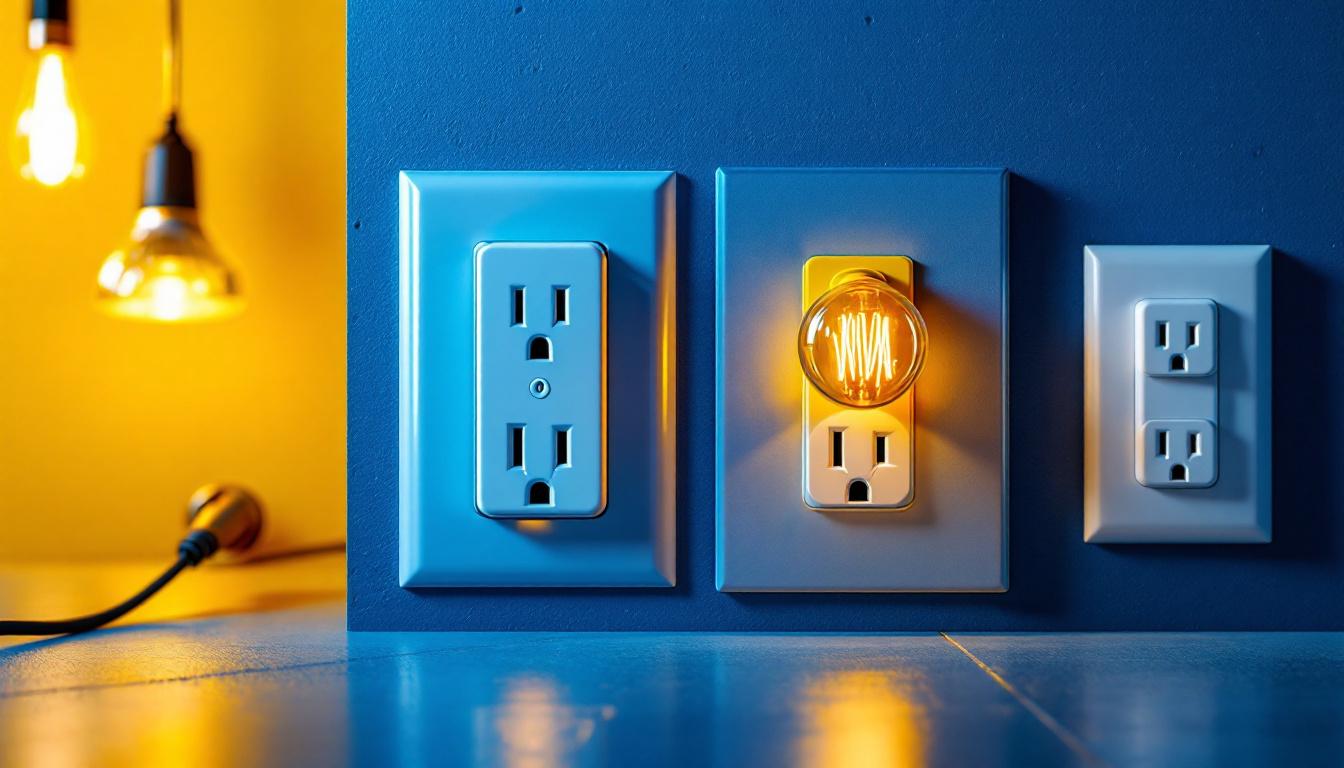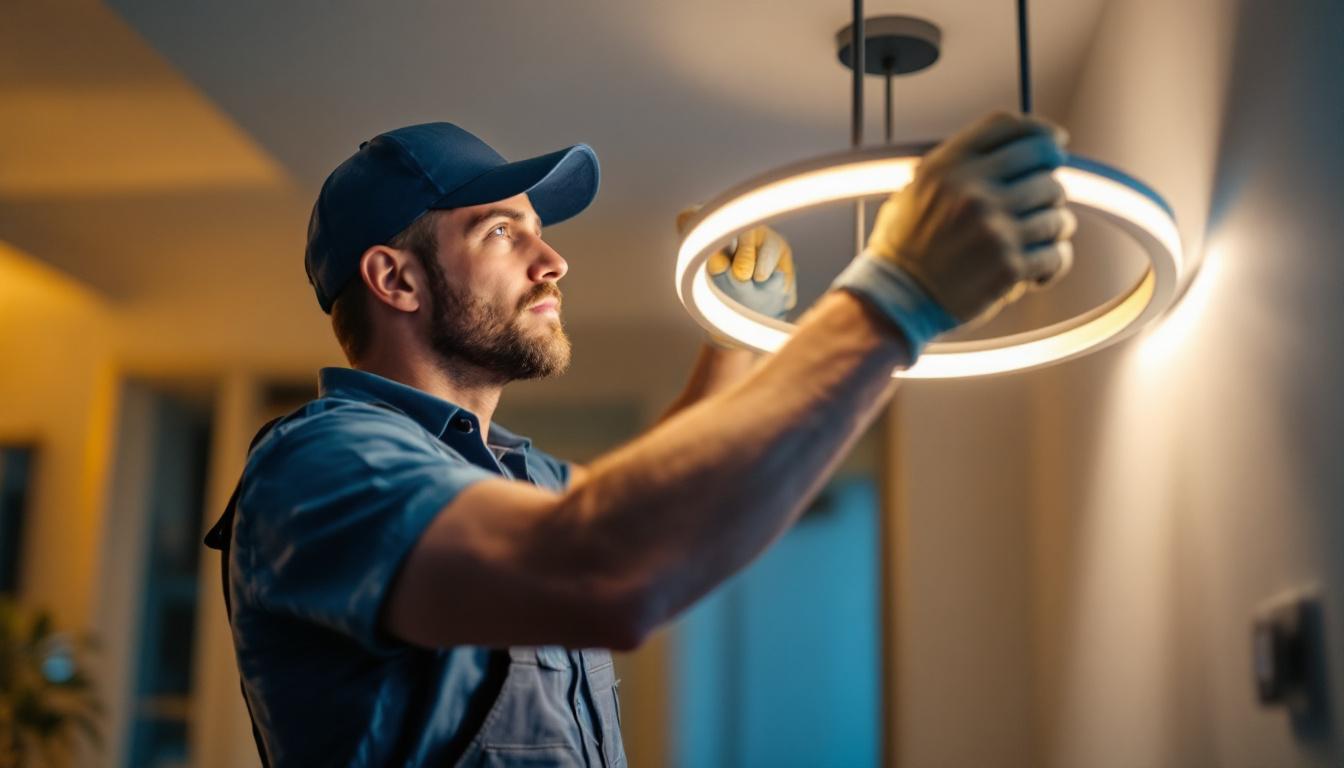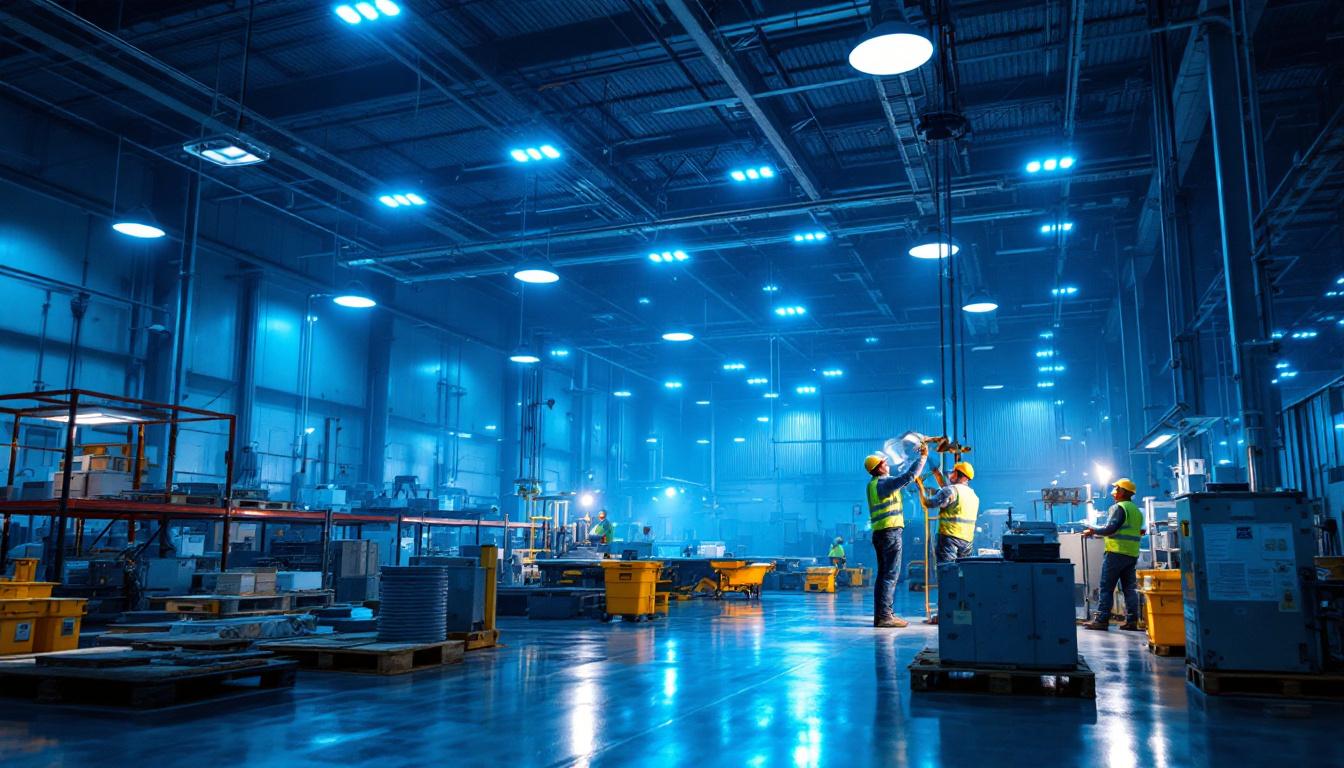
In the realm of commercial and residential lighting, the choice of switches plays a crucial role in energy efficiency and user convenience. Among the various options available, motion switches have gained significant popularity. However, understanding their advantages and limitations compared to alternatives is essential for lighting contractors aiming to provide the best solutions for their clients. This article delves into the features of motion switches, explores their alternatives, and offers guidance on making informed decisions.
Motion switches are devices designed to automatically turn lights on or off based on the detection of movement within a specified range. They utilize various technologies, including passive infrared (PIR) sensors, ultrasonic sensors, and dual-technology sensors. This automatic functionality not only enhances convenience but also contributes to energy savings by ensuring lights are only active when necessary. Furthermore, these devices can be integrated into smart home systems, allowing for remote control and monitoring through mobile applications, which adds another layer of convenience for users.
The operation of motion switches hinges on the technology employed. PIR sensors detect changes in infrared radiation, typically emitted by warm bodies, while ultrasonic sensors emit sound waves and measure their reflection to identify movement. Dual-technology sensors combine both methods, providing enhanced reliability and reducing false triggers. The sensitivity settings can often be adjusted, allowing users to customize the range and responsiveness of the sensors according to their specific needs. This adaptability makes motion switches suitable for a variety of environments, from residential homes to commercial spaces.
One of the primary advantages of motion switches is their ability to conserve energy. By ensuring lights are only on when needed, they can significantly reduce electricity costs. Additionally, they enhance safety and security by illuminating spaces automatically when someone enters, deterring potential intruders. Furthermore, motion switches can be particularly beneficial in areas with high traffic, such as hallways, restrooms, and storage rooms. Beyond these practical benefits, they can also contribute to a more comfortable living or working environment by eliminating the need to fumble for light switches in the dark, thus improving overall accessibility for individuals with mobility challenges.
Despite their advantages, motion switches are not without drawbacks. False triggers can occur due to pets, passing vehicles, or even changes in temperature. This can lead to unnecessary energy consumption or irritation for users. Additionally, the initial installation cost may be higher compared to traditional switches, which could be a consideration for budget-conscious clients. Moreover, the effectiveness of motion switches can be influenced by their placement; if installed in a location with obstructed views or excessive ambient light, their performance may be compromised. Users should also be aware that some motion switches may have a delay before turning off, which could be inconvenient in certain situations where quick access to lighting is necessary.
While motion switches offer numerous benefits, there are several alternatives that lighting contractors may consider. Each option has its unique features, advantages, and potential drawbacks, making it essential to evaluate them based on specific project requirements.
Standard manual switches are the most traditional form of lighting control. They require users to physically turn the lights on and off. While this method is straightforward and reliable, it lacks the convenience and energy-saving features of motion switches.
One of the primary advantages of manual switches is their low cost and ease of installation. They also eliminate the risk of false triggers, ensuring that lights are only on when intentionally activated. However, they do not offer the same level of energy efficiency, as users may forget to turn off lights when leaving a room.
timer switches allow users to set specific times for lights to turn on and off. This can be particularly useful in scenarios where regular lighting schedules are needed, such as in outdoor security lighting or for businesses operating during specific hours.
While timer switches provide a level of automation, they do not react to real-time occupancy like motion switches do. This means they may either leave lights on when not needed or turn them off when someone is still present, leading to potential inconveniences.
Smart switches have emerged as a popular choice in modern lighting systems. These devices can be controlled remotely via smartphone apps or integrated with smart home systems, allowing for greater flexibility and customization.
The advantages of smart switches include remote access, scheduling options, and the ability to monitor energy usage. However, they often require a stable Wi-Fi connection and may have higher upfront costs. Additionally, the complexity of setup and potential compatibility issues with existing systems can be a concern for some contractors.
When choosing between motion switches and their alternatives, several factors should be considered. Each option has its strengths and weaknesses, and the best choice will depend on the specific needs of the project and the preferences of the client.
Energy efficiency is a critical consideration for many clients, especially those looking to reduce operational costs. Motion switches excel in this area, as they automatically turn off lights when no movement is detected. In contrast, manual switches rely on user action, which can lead to lights being left on unnecessarily.
Timer switches offer some energy savings by allowing users to schedule lighting, but they may not be as effective as motion switches in dynamic environments. Smart switches can provide energy monitoring features, but their efficiency largely depends on user engagement and proper setup.
From a convenience standpoint, motion switches provide a seamless experience by eliminating the need for manual operation. This is particularly advantageous in high-traffic areas where users may have their hands full or may forget to turn off lights.
Manual switches, while straightforward, require user intervention, which can be inconvenient in certain situations. Timer switches offer a scheduled approach but lack real-time adaptability. Smart switches can enhance user experience through remote control and integration with other smart devices, but they may have a steeper learning curve for some users.
Cost is often a significant factor in the decision-making process. Motion switches typically have a higher initial installation cost compared to manual switches. However, the potential for energy savings may offset this investment over time.
Manual switches are the most cost-effective option upfront, but the long-term savings may be less favorable. Timer switches fall in the mid-range, while smart switches often represent the highest initial investment but can provide advanced features that justify the cost for some clients.
When advising clients on lighting solutions, it is essential to consider their specific needs, preferences, and budget constraints. A thorough assessment of the space, usage patterns, and desired features can help in making the right choice.
Understanding the client’s requirements is crucial. For instance, if a client is looking for energy efficiency and convenience in a high-traffic area, motion switches may be the ideal choice. Conversely, if the client prefers simplicity and lower upfront costs, manual switches might be more suitable.
Engaging in open discussions with clients about their priorities will enable lighting contractors to tailor their recommendations effectively. It’s also beneficial to educate clients on the potential long-term savings associated with more advanced options like motion and smart switches.
The specific characteristics of the space being illuminated will also influence the choice of switches. High-traffic areas, such as hallways and restrooms, may benefit from motion switches due to their automatic functionality. In contrast, areas with less frequent use, such as storage rooms, might be adequately served by timer switches or manual options.
Additionally, the layout and design of the space can impact sensor performance. For instance, motion switches may be less effective in areas with obstructions that block the sensor’s field of view. Understanding these nuances will help contractors make informed recommendations.
Budget constraints are a common concern for many clients. While motion switches may offer long-term savings, the initial investment can be a barrier. Contractors should present a range of options, explaining the potential return on investment associated with each choice.
Offering a tiered approach—where clients can choose between manual, timer, motion, and smart switches—can empower them to make decisions that align with their financial capabilities while still achieving their lighting goals.
The decision between motion switches and their alternatives involves careful consideration of various factors, including energy efficiency, convenience, cost, and client needs. Motion switches stand out for their ability to enhance energy savings and user experience, making them an excellent choice for many applications.
However, alternatives like manual switches, timer switches, and smart switches each have their unique advantages that may be more suitable depending on specific project requirements. By understanding the strengths and limitations of each option, lighting contractors can provide tailored solutions that meet their clients’ needs effectively.
Ultimately, the goal is to create lighting systems that are efficient, user-friendly, and aligned with the client’s vision. By staying informed about the latest technologies and trends in lighting control, contractors can position themselves as trusted advisors in the ever-evolving landscape of lighting solutions.
Ready to elevate your lighting projects with the most efficient and cost-effective solutions? Look no further than LumenWholesale, where we provide contractors with top-quality, spec-grade lighting products at unbeatable wholesale prices. Say goodbye to inflated markups and hello to a vast selection of reliable, high-performance lighting that meets the highest industry standards. With the added convenience of free shipping on bulk orders, LumenWholesale is your go-to source for premium lighting without hidden fees or compromises. Don’t miss out on the perfect blend of quality, affordability, and convenience. Visit LumenWholesale today and experience wholesale lighting at the best value for your next project.

Discover the four types of electrical outlets and their transformative impact on the lighting industry.

Discover how 2×4 LED troffer lights are revolutionizing the lighting industry by enhancing efficiency and reducing costs for contractors.

Discover the essential guide for lighting contractors with “Wrap Around Light: The Ultimate Handbook.” Explore innovative techniques, expert tips, and practical solutions to elevate your lighting projects and enhance client satisfaction..

Explore the advantages and challenges lighting contractors face when working with the General Electric Distribution Center.